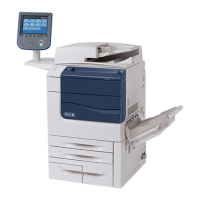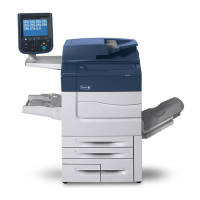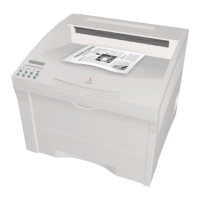MULTIPORT
MEMORY
SYSTEM
The system has growth
capabi
I i ty of up to 6 ports per
memory unit. A memory unit may
contain
16K
or 32K words.
This
architecture
allows flexibility
in
growth patterns
and provides high memory bandwidth, essential
to
multi-
processor systems.
MANUAL
PARTITIONING
CAPABILITY
Manual
partitioning
capability
is afforded for all system
units. Thus, besides
the
primary
advantage
of increased
throughput, a secondary
advantage
of a multiprocessor
system is the "fail-soft"
ability.
Given
a
duplicate
unit,
any unit
can
be partitioned
by
selectively
disabling
it
from
the
system buses. Depending on
the
type of failing unit,
the
system will be operable, with some degree of degraded
performance.
An
alternate
processor bus with dual system
capabilities
can
be provided.
MULTIPROCESSOR
CONTROL
FUNCTION
A multiprocessor control function is provided on
all
multi-
processor systems.
This
function provides these basic features:
1. Control of
the
External Direct
Input/Output
bus (Ex-
ternal
010),
used for controlling system maintenance
and
special purpose units such as analog
to
digital
converters.
2. Central control of system partitioning.
3.
Centralized
interrupt system, providing
capability
for
the operating system to use interrupts
to
schedule tasks
independently of
the
number of basic processors
pres-
ent
ina
system.
4.
Processor
to
processor communication via processor
buses.
SHARED
INPUT/OUTPUT
In a multiprocessor system, any basic processor may
direct
I/O
actions to any
I/O
processor.
Specifically,
any
basic
processor
can
issue
an
SIO,
TIO, TOY, or HIO instruc-
tion to begin, test, or stop any
I/O
process. However,
the
II
end-action"
sequence of
the
I/O
process is
directed
to
one of
the
basi c processors
in
the
system by
the
System
Control Processor. This feature (accomplished
by
setting
a pair of configuration control switches) allows
dedicating
I/O
end-action
tasks
to
a single processor and avoids
con-
flict
resolution problems.
Multiprocessor Features 7

